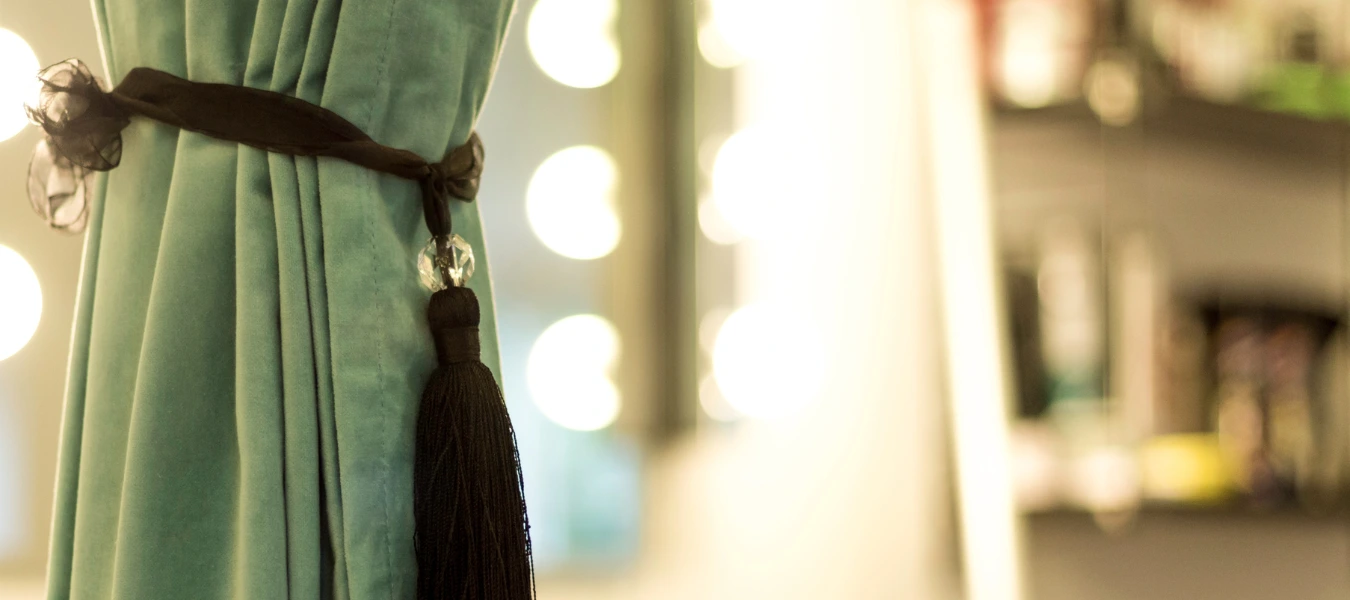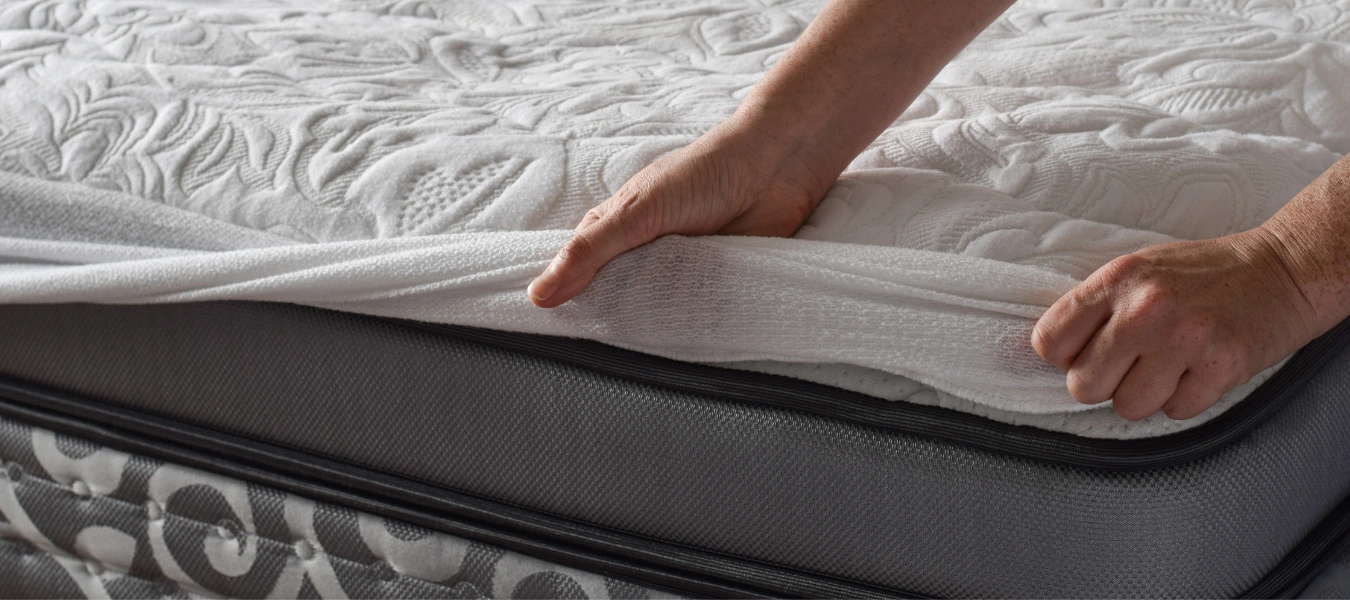Interior textiles are essential to the comfort and aesthetic of indoor spaces, contributing to a global market valued at over USD 100 billion as of 2023 and projected to grow steadily at a CAGR of 5.5% through 2028. From enhancing the look and feel of residential spaces to boosting acoustics and insulation in commercial environments, interior textiles play both functional and decorative roles. Here, we explore the main categories of interior textiles, supported by statistics and trends.
Key Categories of Interior Textiles
1. Carpets and Rugs
Carpets and rugs, valued at USD 72 billion globally, are a major segment in interior textiles. They come in woven, tufted, needle-felt, and other varieties, each with unique benefits for comfort, durability, and design. Tufted carpets, in particular, dominate the market, representing about 50% of global carpet sales due to their affordability and versatility in homes and offices alike. The U.S. alone has seen an 8% increase in residential carpet use since 2021, especially for areas needing sound insulation and warmth.
2. Furniture Fabrics
The global market for upholstery fabrics is expected to exceed USD 15 billion by 2025, reflecting growing consumer interest in home renovation and sustainable materials. Furniture fabrics come in various textures, from durable flat weaves to luxurious velvet, providing options for every style. Nearly 70% of consumers now prefer easy-to-clean, high-performance upholstery fabrics, largely due to increased awareness of hygiene and maintenance during the pandemic era. Sustainability is also a key trend, with eco-friendly materials projected to comprise 20% of this segment by 2030.

3. Decorative Fabrics
Decorative fabrics have become popular for easy, cost-effective home updates, with the market projected to grow by 6% annually. These fabrics allow homeowners to refresh spaces seasonally or introduce new styles without major renovations. Sales of patterned and jacquard decorative fabrics have grown by 12% in recent years, particularly among millennial and Gen Z consumers who prefer bold, unique designs to personalize their living spaces.
4. Curtains and Drapery
The curtain and drapery market is expected to reach USD 15.2 billion by 2026, driven by increased demand for privacy and energy-efficient window treatments. Approximately 65% of consumers report choosing curtains for light control, with blackout and thermal-insulated curtains seeing a 14% rise in sales. With energy costs rising, curtains and draperies designed for insulation are increasingly popular in both residential and commercial spaces.

5. Wall Coverings
Fabric wall coverings offer a distinctive look, with the global market for wall textiles forecasted to expand by 5% CAGR due to rising interest in acoustics and textured designs. According to a survey of interior designers, 40% report increased demand for fabric wall coverings in high-end residential and hospitality projects. Acoustic-friendly options are particularly sought after in open-plan offices and modern homes to reduce noise levels, with this segment expected to grow by 8% by 2028.
6. Household Linen
The household linen sector, including bed, bath, and table linens, is forecasted to exceed USD 30 billion by 2030. Increased interest in wellness and hygiene has driven demand for hypoallergenic and antimicrobial linens, with sales growing by 10% annually in response to consumer concerns over health. Bed linens alone make up 40% of this market, with higher demand for sustainable options like organic cotton and linen fabrics.

7. Mattress Cover Fabrics
Mattress covers, once considered a niche item, are now essential for over 50% of consumers due to increasing awareness of allergens and sleep quality. The mattress cover fabric market is expected to grow at a CAGR of 7%, with innovations in hypoallergenic and cooling fabrics leading the charge. Organic and sustainable options now represent around 20% of this market as consumers look for health-conscious and eco-friendly options.
8. Trimmings and Accessories
The global demand for trimmings and decorative accessories, valued at around USD 1.5 billion, has grown steadily as consumers increasingly seek customization. Approximately 30% of home textile purchases in 2023 included some form of trimmings, such as tassels or decorative fringe. This segment is particularly popular in luxury and custom-made furniture, with an expected CAGR of 4% as people look for personalized interior touches.
Choosing the Right Interior Textiles
When selecting interior textiles, consider factors such as durability, aesthetics, maintenance, and functionality:
– Durability: 62% of consumers prioritize easy-care and long-lasting fabrics, particularly for high-traffic areas.
– Aesthetics: Color, pattern, and texture should align with a room’s style and purpose.
– Maintenance: Easy-to-clean fabrics are preferred by 75% of households, especially those with children or pets.
– Functionality: Specialized fabric properties, like stain resistance and water repellency, are becoming standard as consumer expectations evolve.
Conclusion
Interior textiles are more than just decorative elements; they are essential to creating comfortable, functional, and beautiful spaces. As the global market for interior textiles continues to grow, fueled by trends in sustainability, health, and personalization, thoughtful selection of materials for carpets, curtains, upholstery, and decorative accents can significantly enhance any indoor environment.
| Category | Material Types | Common Uses | Key Features | Popular Trends |
|---|---|---|---|---|
| Carpets and Rugs | Wool, Nylon, Polyester, Jute | Living rooms, bedrooms, offices, bathrooms | Softness, sound insulation, durability, warmth | Eco-friendly materials, custom patterns, area rugs in vibrant colors |
| Furniture Fabrics | Cotton, Linen, Velvet, Leather, Polyester | Sofas, chairs, cushions | Durability, stain-resistance, comfort, style | Sustainable fabrics, high-performance textiles, pet-friendly options |
| Decorative Fabrics | Cotton, Linen, Silk, Synthetic Blends | Accent pillows, throws, covers | Versatility, easy to swap or replace | Bold patterns, textured fabrics, seasonal themes |
| Curtains and Drapery | Cotton, Polyester, Silk, Velvet | Windows, room dividers | Light control, insulation, privacy | Thermal-insulated curtains, blackout styles, layered window treatments |
| Wall Coverings | Textured Fabric, Velvet, Acoustic Panels | Walls in living rooms, offices, hallways | Acoustics, texture, warmth, aesthetic appeal | Acoustic-friendly designs, rich textures, natural motifs |
| Household Linen | Cotton, Linen, Microfiber | Bed linens, towels, table linens | Breathability, easy care, comfort | Hypoallergenic and antimicrobial options, organic materials |
| Mattress Cover Fabrics | Cotton, Bamboo, Memory Foam, Latex | Mattress protectors, bed covers | Protection, moisture control, allergen resistance | Cooling technology, eco-friendly options, hypoallergenic covers |
| Trimmings and Accessories | Tassels, Fringes, Braids, Piping | Curtains, pillows, upholstery edges | Decorative accents, customization | Customized and luxury trimmings, handmade or artisan styles |



















